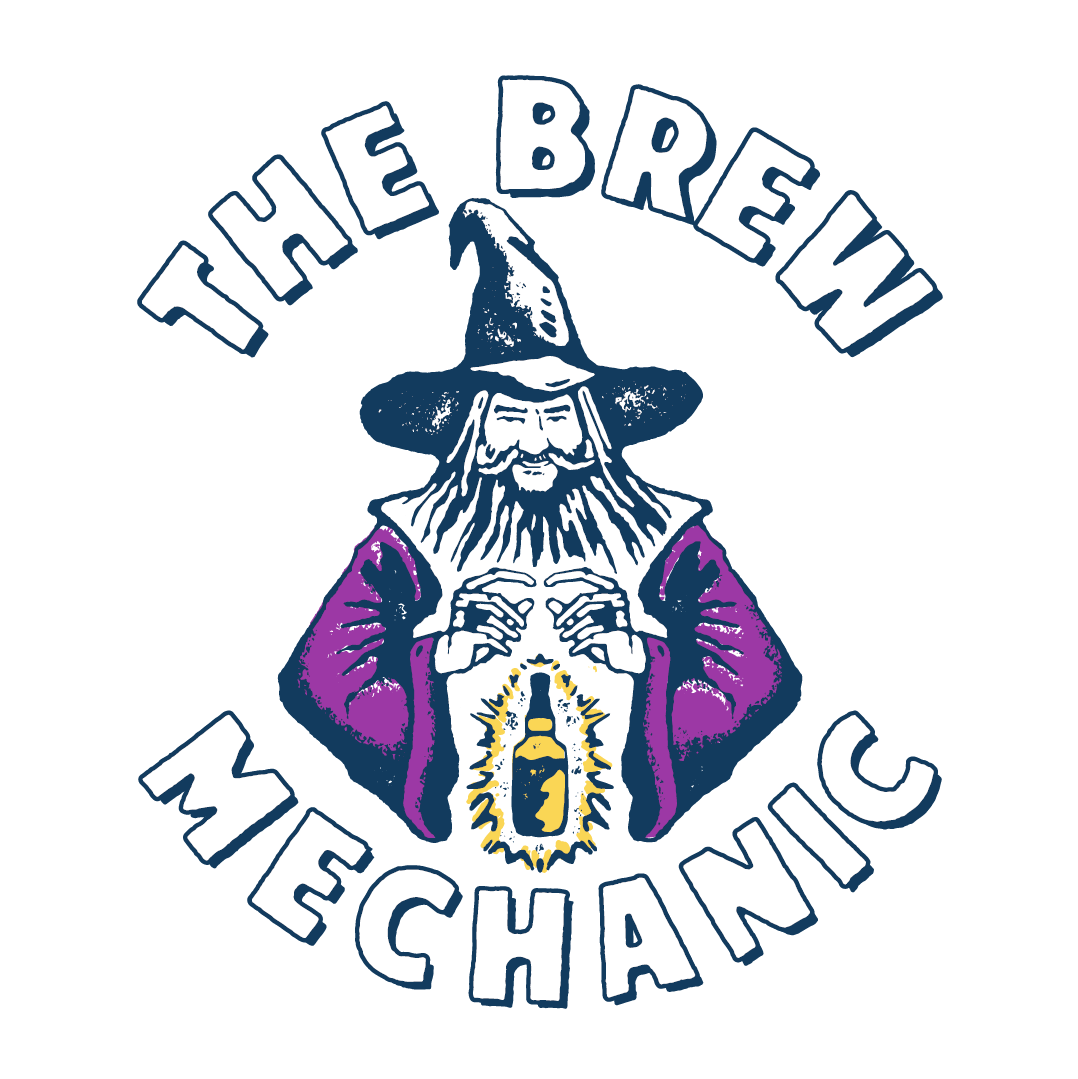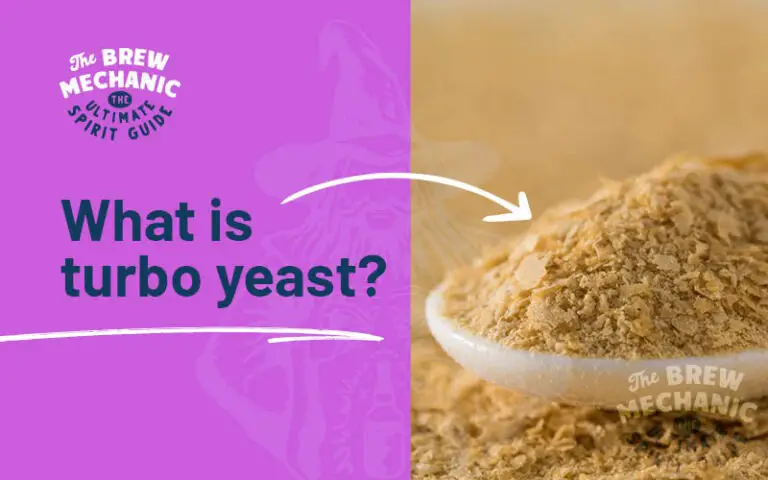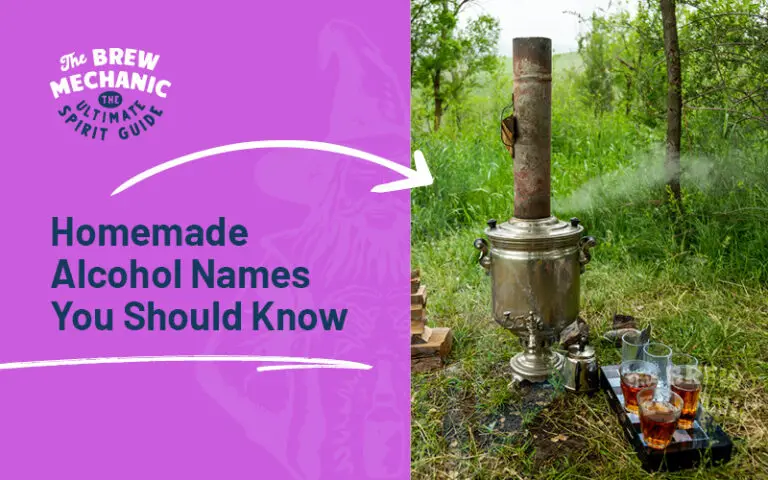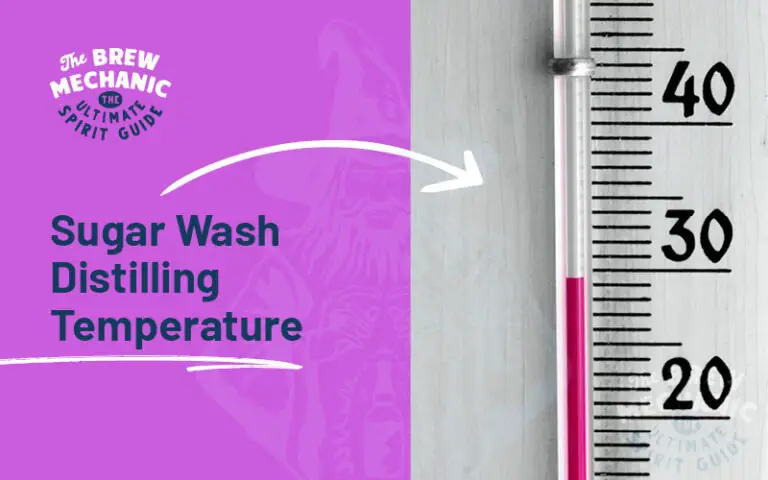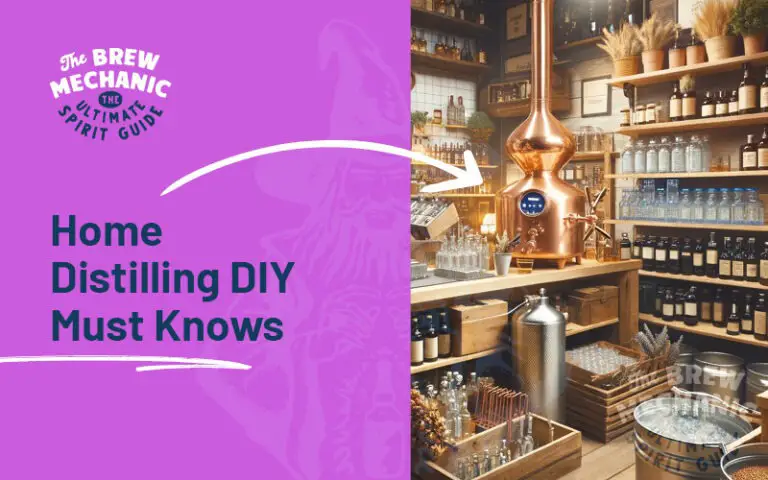How Does Yeast Work in the Fermentation Process for Neutral Spirits
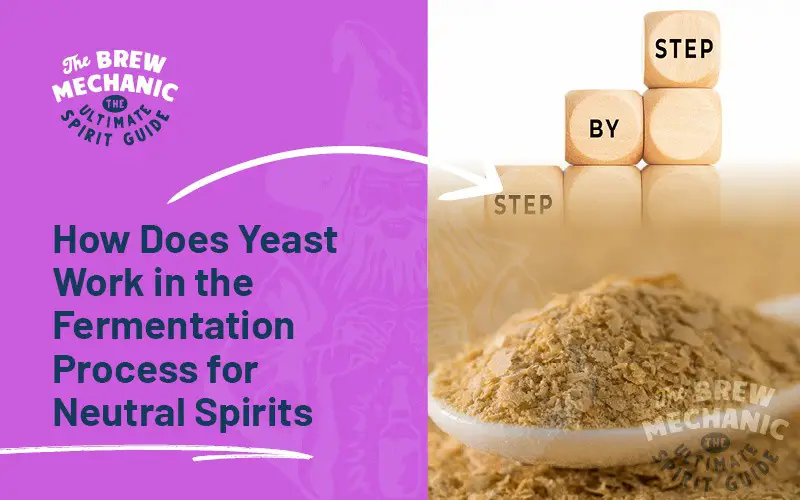
Disclaimer: This post might include affiliate links, through which I may earn a small commission without any extra cost to you. Additionally, I am an Amazon Associate and earn from eligible purchases. All the products and services I suggest are ones I have personally used or would use. Thank you very much for your support if you decide to buy through any of my links!
Come join the Distilling Squad!
Get the best fundamental tips & tricks here. Woohoo!
Understanding how does yeast work in fermentation is essential in distilling neutral spirits. We explore the stages of fermentation and the critical role of yeast, especially in producing spirits with high alcohol by volume (ABV).
Aerobic Fermentation: Phase #1
Yeast begins its work in the aerobic fermentation phase, requiring oxygen. This initial stage, crucial in the fermentation process, sees yeast cells actively breaking down sugar.
The temperature increases by about 3 > 6°C (37.4 > 42.8°F) (exothermic), illustrating the exothermic nature of yeast in fermentation.
Anaerobic Fermentation: Phase #2
Anaerobic fermentation, a type of fermentation where yeast works without oxygen, follows. Here, yeast ferments glucose into ethanol and carbon dioxide (CO2), vital in producing alcoholic beverages.
This phase highlights the role of yeast in fermentation, particularly in converting sugars to alcohol.
The Central Role of Yeast Fermentation Process
Yeast acts as a catalyst in fermentation, converting sugars into ethanol and CO2, alongside other by-products. The choice of yeast strain is critical, as it significantly influences the aroma, taste, yield, and efficiency of the fermentation process.
Different yeast strains significantly affect the flavour, aroma, and yield of fermentation. The enzyme activity in yeast fermentation is crucial, as each strain has unique properties that influence the fermentation process.
Understanding how does yeast work with different strains is key to achieving desired outcomes in alcoholic beverage production.
| Baker’s Dried active yeast – alcohol content (10% to 13%) | 25 to 30°C (77 to 86°F) |
| Distiller’s yeast – alcohol content (10% to 13%) | 20 to 34°C (68 to 95°F) |
| Turbo Yeast variants – alcohol content (15% to 20%) | can start as high as 40°C (104°F), read the instructions as they are different |
Producing High-ABV Neutral Spirits
In the production of neutral spirits, typically with an ABV of 90 to 95%, the selection of yeast is particularly important.
The goal, in this case, is to produce a spirit with high alcohol content while minimising the influence on flavour and taste.
For instance, Baker’s dried yeast is often used for this purpose as it can produce an alcohol content between 10 to 13%, making it suitable for creating neutral spirits where the focus is on alcohol content rather than flavour characteristics.
Yeast: A Versatile Organism
Yeast, a living organism and a type of fungus, showcases its versatility in various types of fermentation. Whether it’s lactic acid in sour breads or alcohol in neutral spirits, yeast’s enzymatic and metabolic processes are key.
How Does Yeast Work in Fermentation help you?
The question of how does yeast work in fermentation is central to the distillation of neutral spirits. The role of yeast in fermentation is critical, especially in the context of sugar wash and distilling neutral spirits.
The process begins with an aerobic phase that kick-starts the yeast’s activity, followed by the key anaerobic phase where the conversion of sugar to ethanol and CO2 occurs.
The choice of yeast strain can dramatically influence the characteristics of the final product, particularly in the production of neutral spirits where a high alcohol content is desired without a pronounced flavour profile.
Understanding how yeast cells work in fermentation is vital in producing spirits, beer, wine, and bread. The type of yeast, its strains, and the fermentation process collectively define the quality and characteristics of the final product.
Last Updated on Jan 06, 2024 by The Brew Mechanic
Disclosure: I may receive affiliate compensation for some of the links below at no cost to you if you decide to purchase a product or service. You can read our affiliate disclosure in our privacy policy. The information provided is for entertainment only.

With 35 years of knowledge of being a chemical engineer in alcohol manufacturing plants, my mission is to teach the next generation of home distilling alcohol brewers at a supernatural speed.
My reviews are based on real-life experiences with reflux stills, sugar wash, troubleshooting and mystical chemical reactions.
